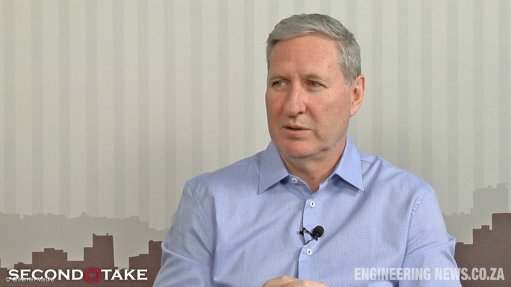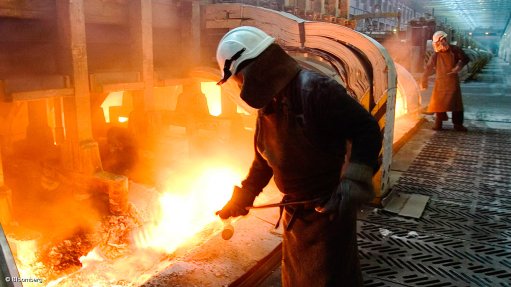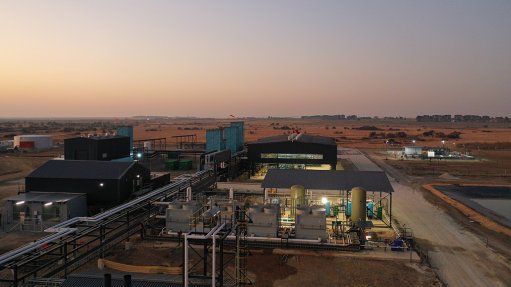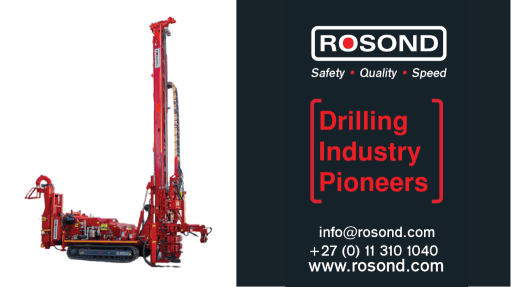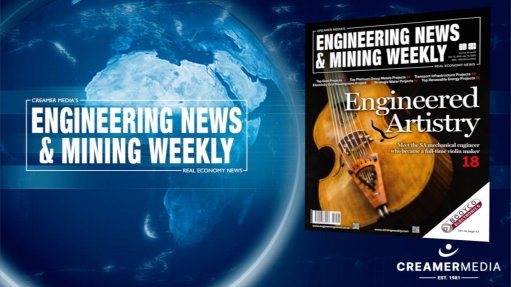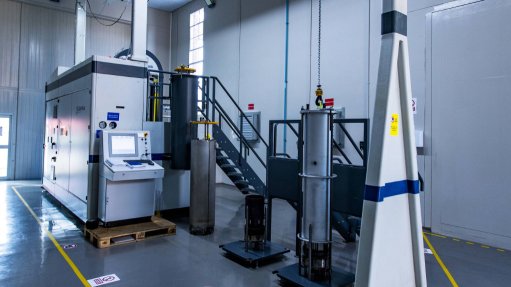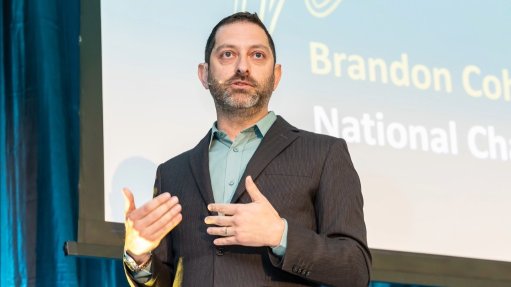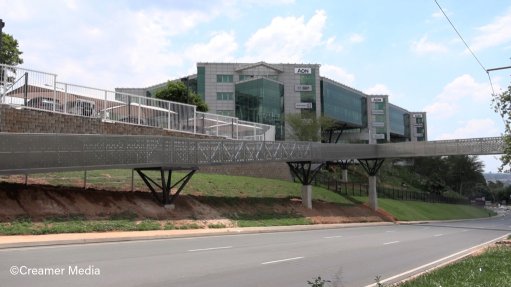Increased demand for high-performance computing in AI

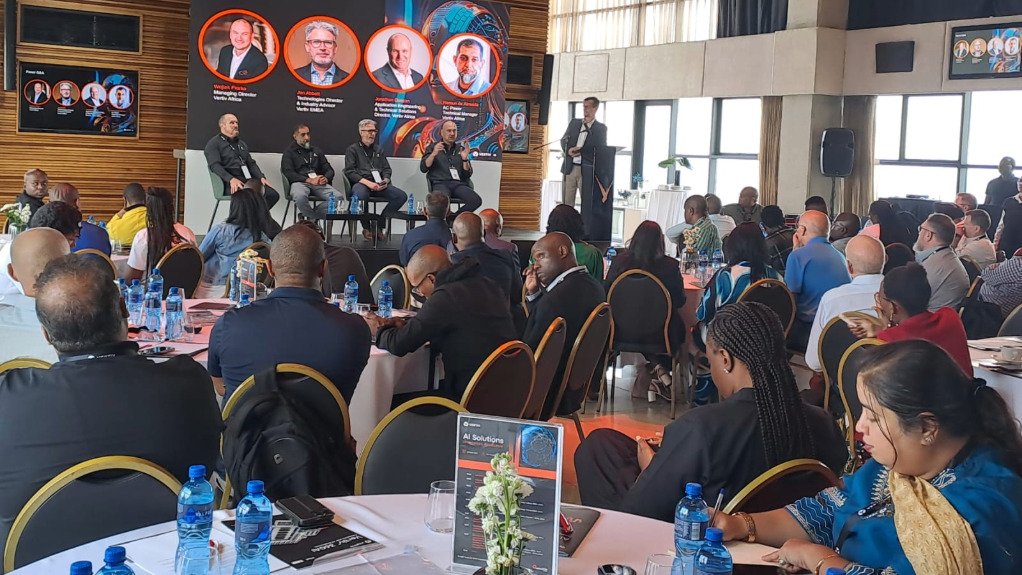
ON THE ROAD The Vertiv AI Solutions Roadshow, held in Johannesburg on March 25, 2025, included Vertiv MD Wojtek Piorko, technologies director Jon Abbott, technical solutions director Johnathan Duncan and power technical solutions manager Haroun de Almeida
Photo by Vertiv
AI is evolving at an unprecedented pace, transforming industries and reshaping technological infrastructure. However, according to global provider of critical digital infrastructure and continuity solutions Vertiv, as AI adoption grows, the demand for high-performance computing is driving fundamental changes in data centre design, cooling solutions and power management.
At the Vertiv AI Solutions Roadshow, held in Johannesburg on March 25, 2025, Vertiv MD Wojtek Piorko, technologies director Jon Abbott, technical solutions director Johnathan Duncan and power technical solutions manager Haroun de Almeida highlighted key challenges and innovations in this space.
In his presentation on the history of AI, Piorko emphasised that the global AI market is expected to reach $1.3-trillion in five years, with South Africa’s AI sector projected to grow from $3-billion to $9-billion over that period.
He stated that “businesses are recognising AI’s role in boosting productivity, with 34% of global companies already using AI and another 42% considering implementation”.
Despite this surge, Africa’s AI adoption is primarily centred on agriculture, climate action and energy efficiency. Generative AI applications remain a small fraction of overall AI use.
Further, government adoption is minimal, as just 5% of public-sector entities leverage AI. This has resulted in a pressing need for greater education and awareness about the capabilities of AI, particularly in schools and institutions.
As AI becomes an essential tool across industries, data centres must evolve to accommodate the rising computational demands.
Piorko explained that this bodes well for the company, as Vertiv’s revenue comes from international data centres, as well as rapidly expanding its operations, with the company having established 23 manufacturing locations, including a facility in Johannesburg, specialising in data centre cooling solutions.
Meanwhile, in Abbott’s presentation on the AI revolution, he underscored the shift from conventional computing to AI-driven workloads, which rely heavily on graphics processing units (GPUs) instead of traditional central processing units.
He noted that GPUs excel at parallel processing, making them ideal for AI applications.
However, their high processing power translates into increased heat generation and power consumption, necessitating fundamental changes in data centre infrastructure.
He stated that traditional 20 kW racks are gradually being replaced with 50 kW setups, requiring tighter GPU unit arrangements for enhanced performance. This shift demands closer collaboration between IT and infrastructure teams to ensure efficiency in power and cooling systems.
Major industry players, such as technology companies NVIDIA and Intel, are driving innovation in AI hardware, developing solutions to support higher densities and advanced cooling methods.
However, Abbott elaborated that the complexity of integrating new AI components into existing data centres requires a strategic, unified approach to prevent operational inefficiencies.
Cooling and Power Solutions
In his presentation on liquid cooling, Duncan highlighted that every data transition – from zero to one – produces heat that must be efficiently dissipated.
He noted that traditional air-cooling methods are becoming less effective as power consumption surpasses 800 W a chip, promoting a shift toward liquid-cooling solutions.
Moreover, he added that liquid cooling is not necessarily a replacement for air cooling but rather an enhancement.
Duncan stated that “this hybrid approach is likely to persist, with both methods coexisting in AI-driven data centres”. Further, advanced cooling strategies, such as immersion cooling, are also being explored to optimise performance and prevent overheating.
Another critical factor is the quality of materials used in cooling systems, with poor filtration potentially leading to blockages, reducing efficiency and increasing maintenance costs.
According to Duncan, the use of continuous monitoring of temperature and pressure is vital, especially for dynamic computing tasks that cause fluctuations in thermal loads.
Heat recovery presents another opportunity, with the excess heat from AI workloads potentially being repurposed for nearby facilities, improving energy efficiency. This, however, requires significant investment in infrastructure and careful planning to ensure reliability.
Moreover, in his presentation, Almeida stressed that AI’s rising power demands are pushing data centres beyond their “traditional energy limits”.
He stated that the power consumption of AI-driven data centres is expected to surge dramatically, with some racks requiring up to 150 kW which is “far beyond” the typical 10 kW density of conventional facilities.
This shift poses significant challenges for existing power grids, particularly in regions such as South Africa, where infrastructure constraints may hinder AI expansion.
Alternative energy sources, such as renewables and hydrogen plants, are being considered to supplement traditional power supplies.
One of the key challenges in AI data centres, according to Almeida, is the management of GPU load profiles.
He explained that AI model training and inference cause rapid spikes in power consumption, complicating load balancing and stressing power management systems. These surges, if not properly managed, can shorten equipment life and lead to costly failures.
To address these issues, data centres are turning to modular uninterruptible power supply systems and redesigned rack profiles that will integrate power converters and cooling systems.
Almeida concluded that, as AI adoption accelerates, data centre operators must rethink infrastructure design to support high-density computing environments.
Article Enquiry
Email Article
Save Article
Feedback
To advertise email advertising@creamermedia.co.za or click here
Comments
Announcements
What's On
Subscribe to improve your user experience...
Option 1 (equivalent of R125 a month):
Receive a weekly copy of Creamer Media's Engineering News & Mining Weekly magazine
(print copy for those in South Africa and e-magazine for those outside of South Africa)
Receive daily email newsletters
Access to full search results
Access archive of magazine back copies
Access to Projects in Progress
Access to ONE Research Report of your choice in PDF format
Option 2 (equivalent of R375 a month):
All benefits from Option 1
PLUS
Access to Creamer Media's Research Channel Africa for ALL Research Reports, in PDF format, on various industrial and mining sectors
including Electricity; Water; Energy Transition; Hydrogen; Roads, Rail and Ports; Coal; Gold; Platinum; Battery Metals; etc.
Already a subscriber?
Forgotten your password?
Receive weekly copy of Creamer Media's Engineering News & Mining Weekly magazine (print copy for those in South Africa and e-magazine for those outside of South Africa)
➕
Recieve daily email newsletters
➕
Access to full search results
➕
Access archive of magazine back copies
➕
Access to Projects in Progress
➕
Access to ONE Research Report of your choice in PDF format
RESEARCH CHANNEL AFRICA
R4500 (equivalent of R375 a month)
SUBSCRIBEAll benefits from Option 1
➕
Access to Creamer Media's Research Channel Africa for ALL Research Reports on various industrial and mining sectors, in PDF format, including on:
Electricity
➕
Water
➕
Energy Transition
➕
Hydrogen
➕
Roads, Rail and Ports
➕
Coal
➕
Gold
➕
Platinum
➕
Battery Metals
➕
etc.
Receive all benefits from Option 1 or Option 2 delivered to numerous people at your company
➕
Multiple User names and Passwords for simultaneous log-ins
➕
Intranet integration access to all in your organisation








